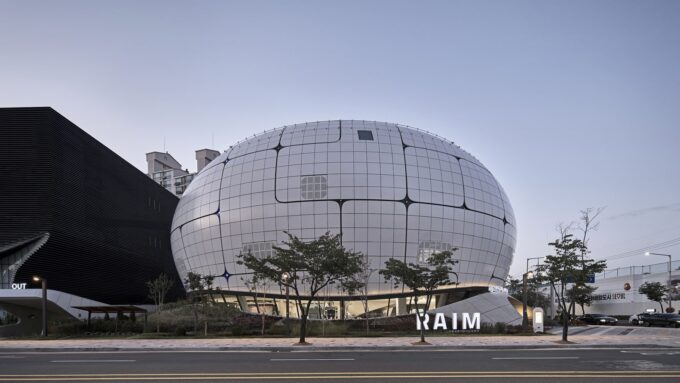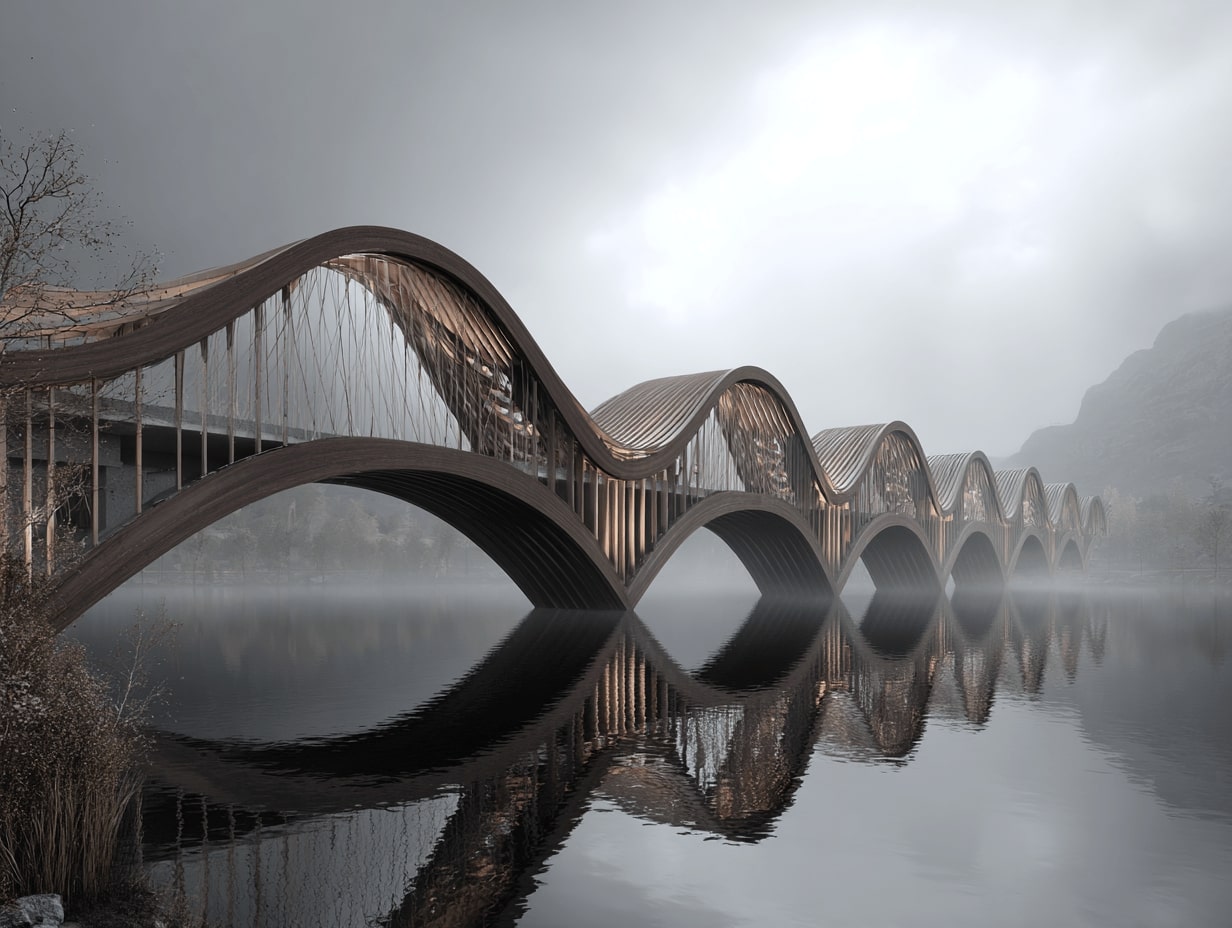- Home
- Articles
- Architectural Portfolio
- Architectral Presentation
- Inspirational Stories
- Architecture News
- Visualization
- BIM Industry
- Facade Design
- Parametric Design
- Career
- Landscape Architecture
- Construction
- Artificial Intelligence
- Sketching
- Design Softwares
- Diagrams
- Writing
- Architectural Tips
- Sustainability
- Courses
- Concept
- Technology
- History & Heritage
- Future of Architecture
- Guides & How-To
- Art & Culture
- Projects
- Interior Design
- Competitions
- Jobs
- Store
- Tools
- More
- Home
- Articles
- Architectural Portfolio
- Architectral Presentation
- Inspirational Stories
- Architecture News
- Visualization
- BIM Industry
- Facade Design
- Parametric Design
- Career
- Landscape Architecture
- Construction
- Artificial Intelligence
- Sketching
- Design Softwares
- Diagrams
- Writing
- Architectural Tips
- Sustainability
- Courses
- Concept
- Technology
- History & Heritage
- Future of Architecture
- Guides & How-To
- Art & Culture
- Projects
- Interior Design
- Competitions
- Jobs
- Store
- Tools
- More
What is Parametric Architecture?
Parametric architecture can be defined as the use of mathematical algorithms to generate forms and structures. This type of architecture is characterized by the use of complex geometric shapes, such as spheres or cubes, which are then assembled according to a set of parameters.

Parametric architecture is a form of architectural design that uses mathematical algorithms to generate forms and structures.
Parametric architecture can be defined as the use of mathematical algorithms to generate forms and structures. This type of architecture is characterized by the use of complex geometric shapes, such as spheres or cubes, which are then assembled according to a set of parameters.

Parametric architecture can be applied in different ways, from designing buildings to furniture. It has been used for centuries for buildings but in recent years has also been applied in other fields such as fashion design or even animation. These experimental forms of architecture based on the use of algorithms to design buildings.

The word parametric has been used to describe this type of architecture since the 1980s. It refers to the use of parameters in computer models that allow architects and designers to experiment with different designs. Parametric models are usually more efficient than manual modeling, which can be time-consuming and expensive. The primary characteristic of parametric architecture is that it is generated by computer algorithms, or parameters, which dictate the form of the building.

The development of digital drawing and modeling in the last decades of the twentieth century gives birth to a particularly rich season of parametric experiments.
Zaha Hadid, an Iraqi-British architect and designer, is often regarded as parametric architecture’s most creative and prolific interpreter. Hadid, who was deeply influenced by early twentieth-century avant-garde movements like as Abstract Art and Suprematism, is framed in the deconstructivist movement by a huge exhibition exhibited in 1988 at New York’s MoMA.

Throughout her three-decade career, she has investigated the potentials of architecture, having abandoned the static, trilithic composition of its materials as well as its typical space sequences. Her works are composed of fluid voids that move through and around geometrically deconstructed, and occasionally simply organic, materials.

Benefits of Parametric Architecture
For a long time, the architect’s inventiveness was constrained by natural rules. Several artists have tried to go against the trend over the years, but it was never practicable on a wide scale. It just took a long time to transform an aesthetically appealing structure into an efficient structure. It took a lot of trial and error, time, and teamwork. Computers, on the other hand, have enabled architects to swiftly tackle design difficulties. When you examine any parametric structure, you will discover that it does not adhere to any symmetry notions and defies standard geometry.

Because most parametric tools are cloud-based, data transmission from one user to another is simple. This facilitates data interchange and the establishment of various design teams. This has ramifications for the entire design process. Most notably, with the development and popularity of Building Information Modeling (BIM). The parametric architecture has virtually unlimited applications. What used to take weeks, months, or years now just takes a few minutes.

In the future, parametricism will be able to handle spatial problems better than any architect. Simultaneously, architects may apply their visual touch by modifying the design tool.
Future Cities with Parametric Architecture
Many experts are concerned that AI will progressively replace architects. Although that is a valid problem, an architect may be able to choose an alternative way.
A team of architects may be required to develop entire cities rather than focusing on a specific project or neighborhood. With the advancement of technology, entire cities are becoming independent systems in their own right.

Parametric architecture might be critical in making these smart cities operate. This will provide architects a new challenge. They may need to plan the full system of structures rather than just one at a time.

- Architectural Parametric Software
- Architectural Trends
- BIM and Parametric Design
- computational design
- computational design in architecture
- Creative Solutions
- Design Technology
- Digital Fabrication
- Digital Fabrication Technologies
- Future of Architecture
- Generative Design Architecture
- Innovative Construction
- Parametric Arch
- Parametric Architectural Design
- Parametric Architecture
- Parametric Design
- Parametric Modeling for Architecture
- parametricism
- Sustainable Design
1 Comment
Submit your architectural projects
Follow these steps for submission your project. Submission FormLatest Posts
Top 10 Examples of Parametric Architecture Around the World
Parametric architecture is reshaping global design through computational tools that generate fluid...
10 Notable Architects Who Excel in Parametric Design
Discover 10 leading architects who excel in parametric design, showcasing how computation,...
Parametric Design in Bridge Architecture: From Idea to Ribbon-Cut
Parametric design in bridge architecture: how data, rules, and optimization speed iterations,...
8 Principles of Parametric Architecture You Should Know
Parametric architecture merges computational logic with creative exploration, allowing designers to generate...












Thank you